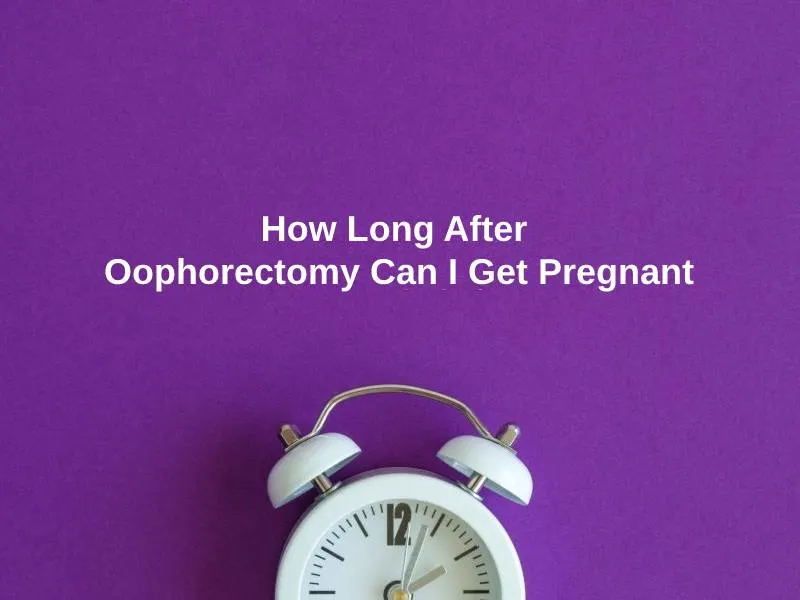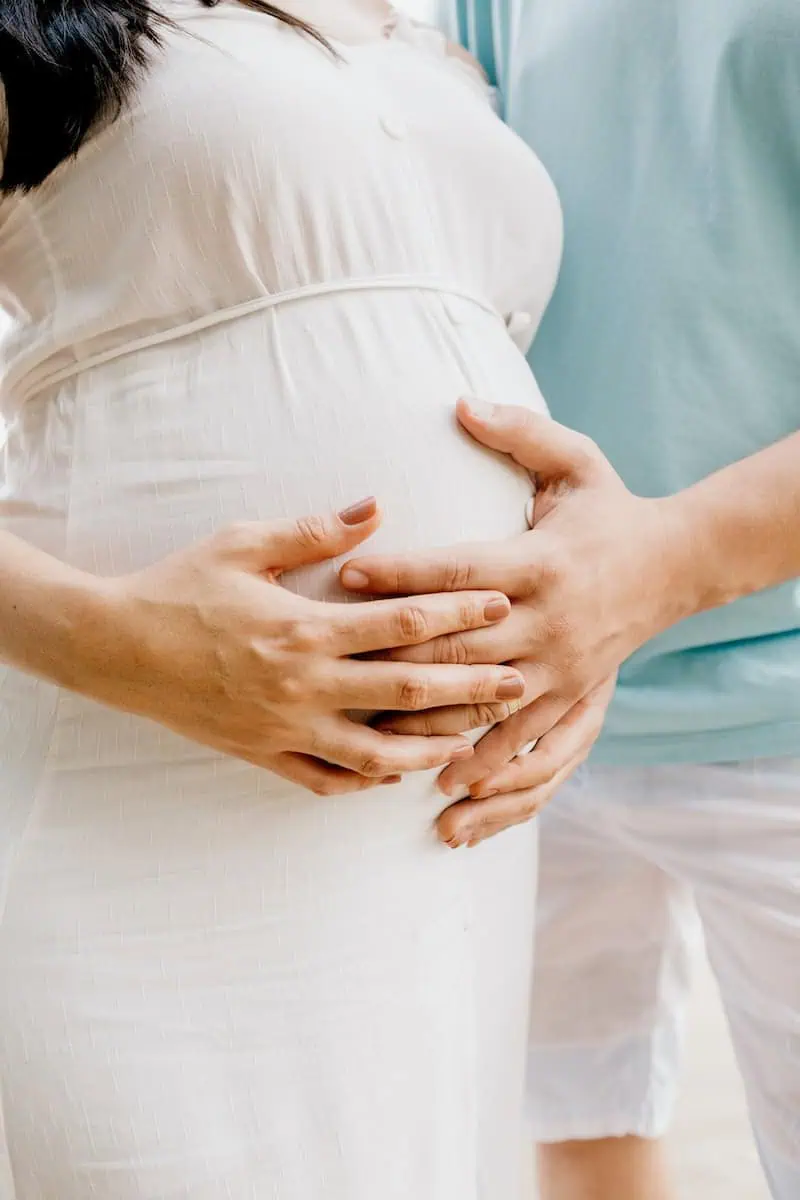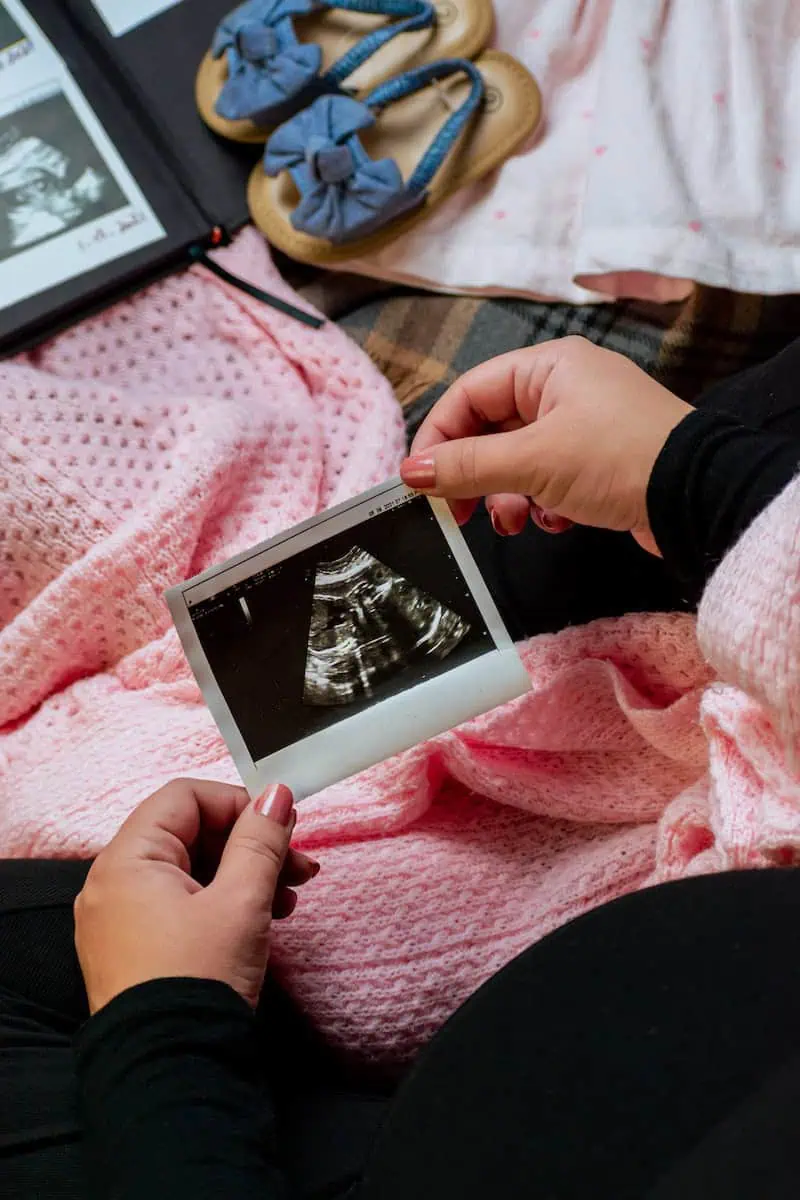Exact Answer: Beyond 6 weeks
Also called an ovariectomy, oophorectomy is a surgical procedure that is performed to remove either one or both of the woman’s ovaries, in order to treat or even prevent harmful bodily conditions such as endometriosis, ovarian cancer, benign tumors, BRCA gene mutations, cysts, and abscesses, and pelvic inflammatory disease (PID), etc.
The surgical procedure can be performed in a few hours, and the recovery time can differ from person to person. Hence, it is imperative to take good care of yourself, and even request help from a loved one, as proper recovery is important to prevent risky complications.
There are various types of oophorectomy, including unilateral oophorectomy, bilateral oophorectomy, unilateral salpingo-oophorectomy, and bilateral salpingo-oophorectomy. Each of them differs in how they are performed, and the functions they serve.

How Long After Oophorectomy Can I Get Pregnant?
| Type of oophorectomy | Pregnancy after surgery |
| Unilateral oophorectomy | Beyond 6 weeks of recovery |
| Bilateral oophorectomy | Not possible |
| Unilateral salpingo-oophorectomy | Beyond 6 weeks of recovery |
| Bilateral salpingo-oophorectomy | Not possible |
Although recovery time depends on the patient’s health before surgery, the cause for the surgery, and the way that it was performed, a general estimate is 6 weeks after surgery. Usually, women can resume their normal and daily activities after 6 weeks of undergoing the oophorectomy. However, patients who had laparoscopic surgery or robot-assisted surgery have reported recovering in approximately 2 weeks only.
Unilateral oophorectomy is a surgical procedure in which the surgeon removes one of the ovaries from the body, leaving the second one behind. In this case, you can still get pregnant because you’re still left with one normally functioning ovary. You may conceive a child after the 6 week recovery period.
Through bilateral oophorectomy, the surgeon removes both the ovaries from the woman. This may be performed to reduce the risk of cancer cells spreading, and to prevent disorders. Since both the ovaries are removed, you will not be able to get pregnant after the surgery.
Unilateral salpingo-oophorectomy is a surgical procedure through which the surgeon removes one ovary and its corresponding fallopian tube. The fallopian tube is the small tube that connects the uterine cavity to the ovary and carries the ovum from the ovary to the uterus. Since the other ovary with its fallopian tube is still functioning normally in the body, you will be able to get pregnant, beyond the 6 week recovery period.

The surgeon removes both the fallopian tubes and their connecting ovaries during bilateral salpingo-oophorectomy. This means that the patient cannot become pregnant after undergoing the surgery.
As many women are worried about not being able to become pregnant after surgery, it is advised to thoroughly discuss your queries regarding pregnancy, and the consequences of the surgery, with the doctor, before undergoing the procedure.
Why Does It Take That Long To Get Pregnant After Oophorectomy?
It is advised to wait for six weeks after surgery to exercise, heavy lifting, and engage in any sexual activity. Hence, for both unilateral oophorectomy and unilateral salpingo-oophorectomy, you can become pregnant any time after 6 weeks of undergoing the surgery.
This is because if the woman still has one working ovary remaining, ovulation and menstruation still take place regularly. Ovulation is the process through which the ovary releases an egg each month. For women with two ovaries, they take turns at random when it comes to releasing the ovum. So if the woman has only one ovary, it takes control and becomes solely responsible for the process of ovulation. Thus, it can release an egg each month by itself.
Pregnancy still occurs because the fallopian tube is still intact and connected to both the ovary and uterus. This allows the egg to safely travel to the uterus from the ovary and enables fertilization.

For bilateral oophorectomy and bilateral salpingo-oophorectomy, both the ovaries are removed, and/or both the fallopian tubes are removed as well. This makes the woman go through early menopause. This means that there is no egg to be fertilized and no fallopian tube to carry it to the uterus. Hence, the patient will not be able to become pregnant after the surgery.
However, if you still wish to have a child, you can always opt for in-vitro fertilization (IVF). IVF is the procedure through which the ovaries are previously stimulated using medications, to release an abundance of eggs. These eggs are then surgically removed and fertilized with your partner’s sperm in the laboratory. After fertilization, the developed embryos are then placed into the uterus.
Conclusion
To conclude, if you underwent unilateral oophorectomy, then you still have the chance to become pregnant, as you will still have a working ovary and its respective fallopian tube. You will still be having a regular menstrual cycle, allowing you to become pregnant.
But the same does not go for bilateral oophorectomy, as both ovaries will not be present to release an egg, in order to fertilize and become pregnant. In this case, you can opt for in-vitro fertilization, if you wish to have a child.
Whether you have a unilateral or bilateral oophorectomy depends on the doctor’s diagnosis of your condition.
Oophorectomy poses its own list of potential complications and risks, so it is important that you consult the doctor regarding your options, before you undergo the surgery.